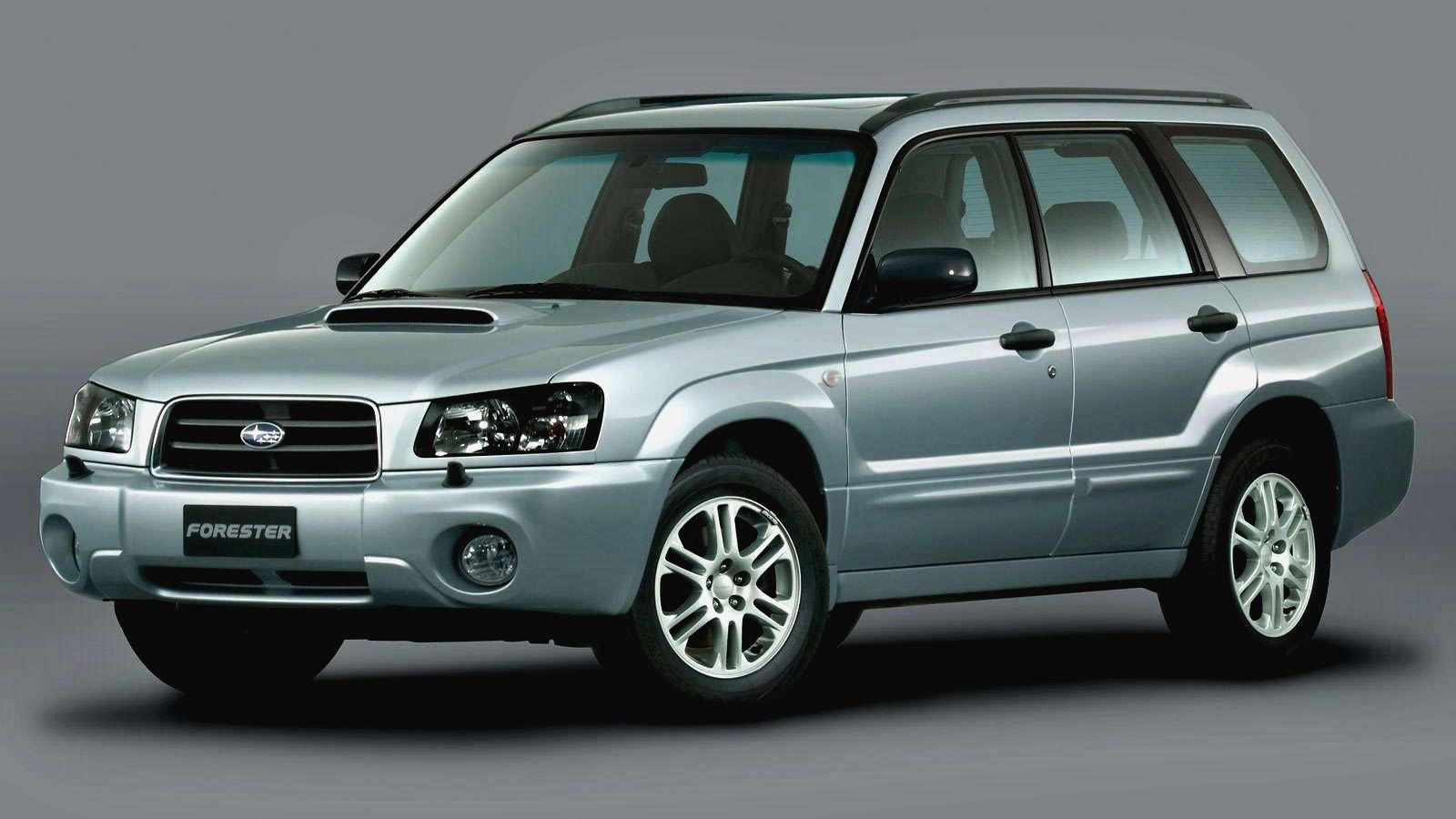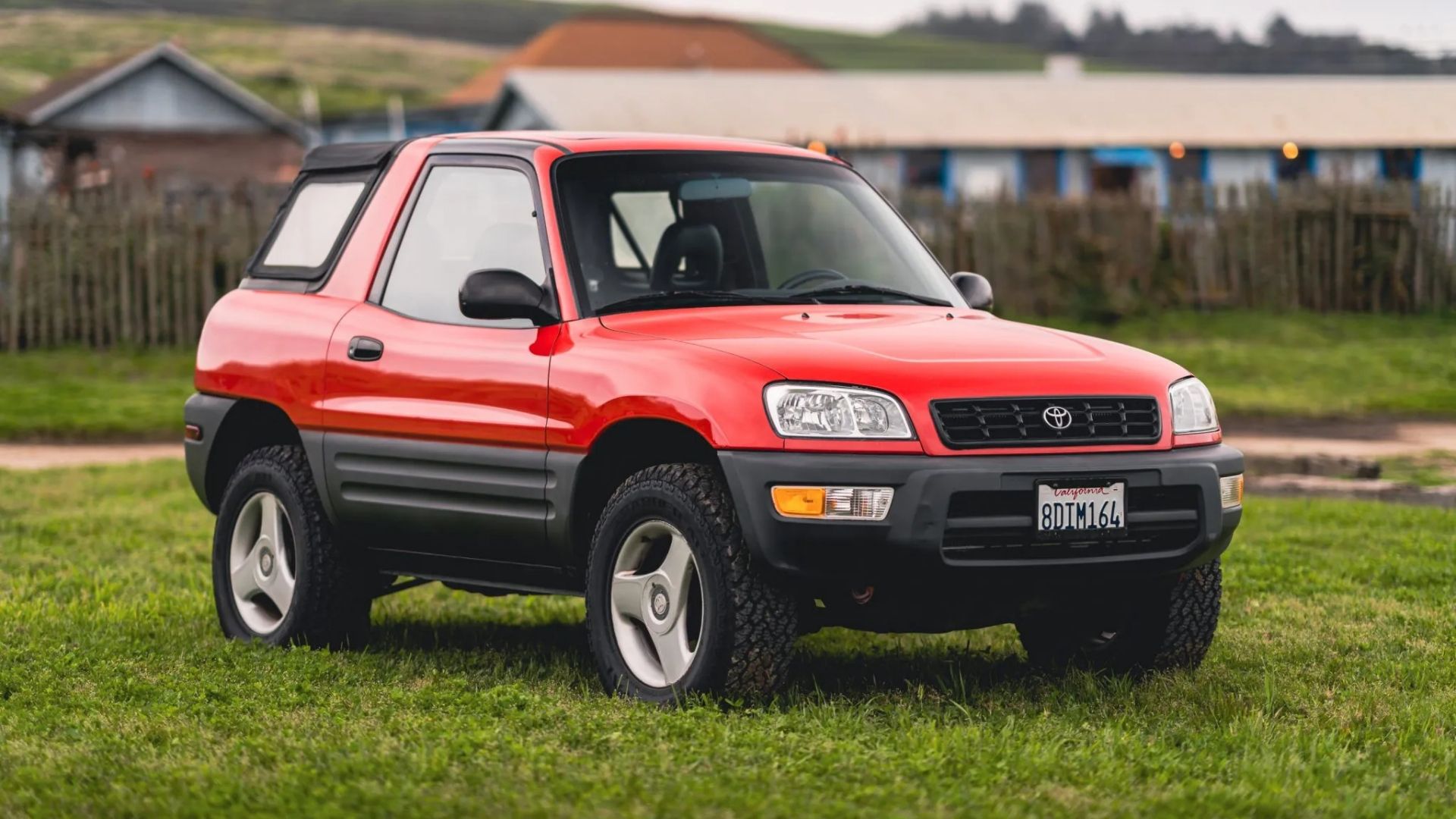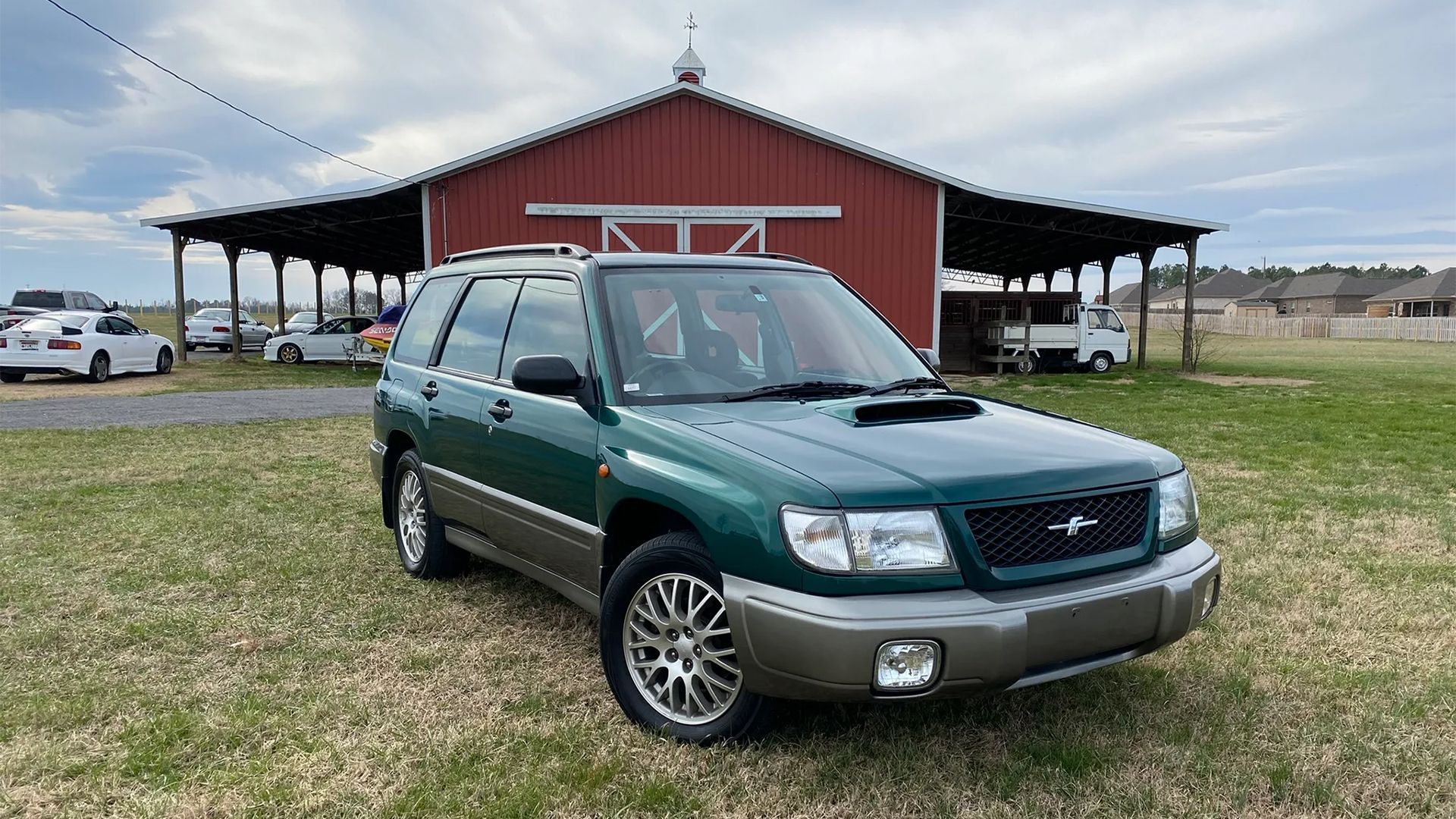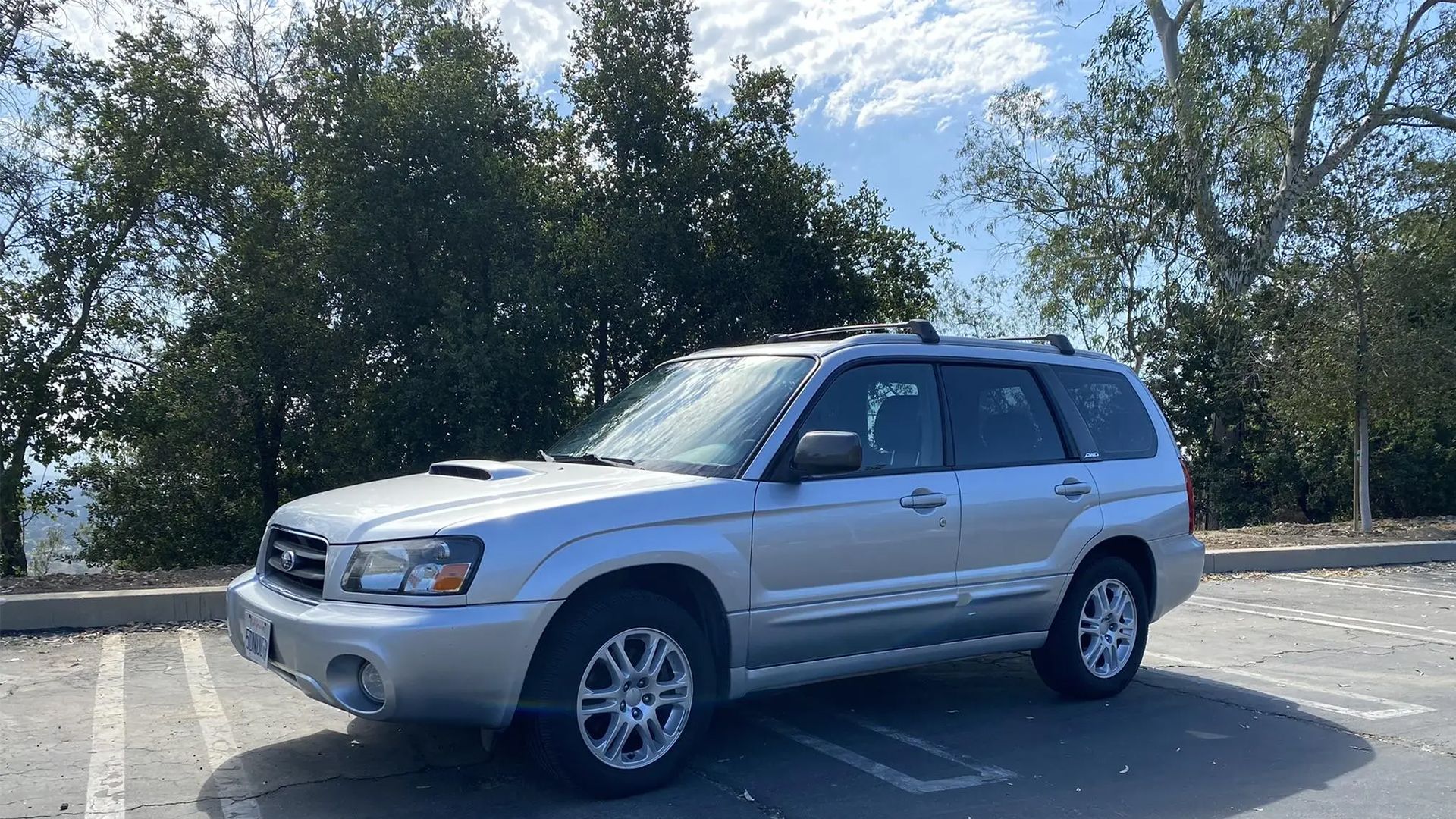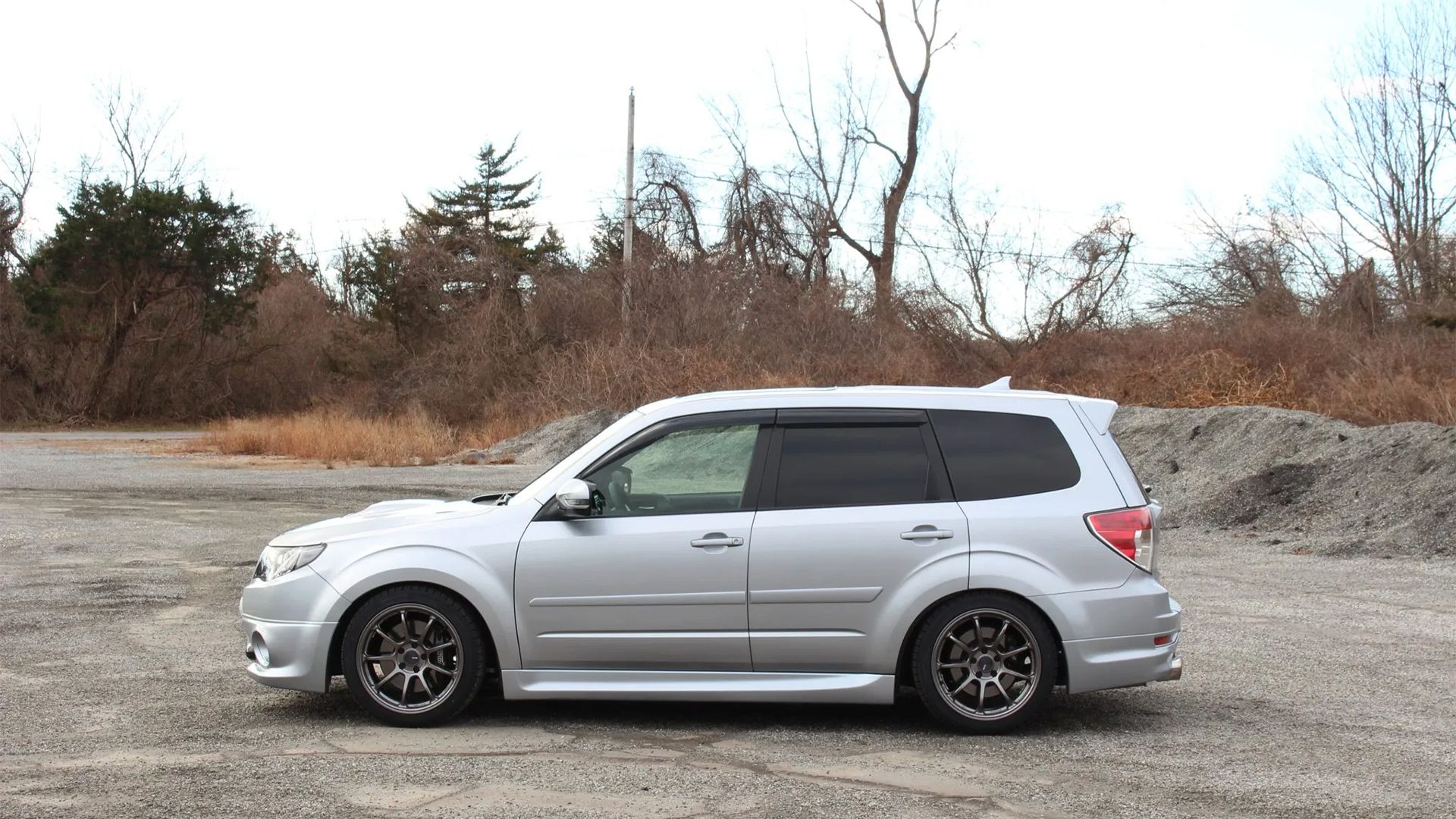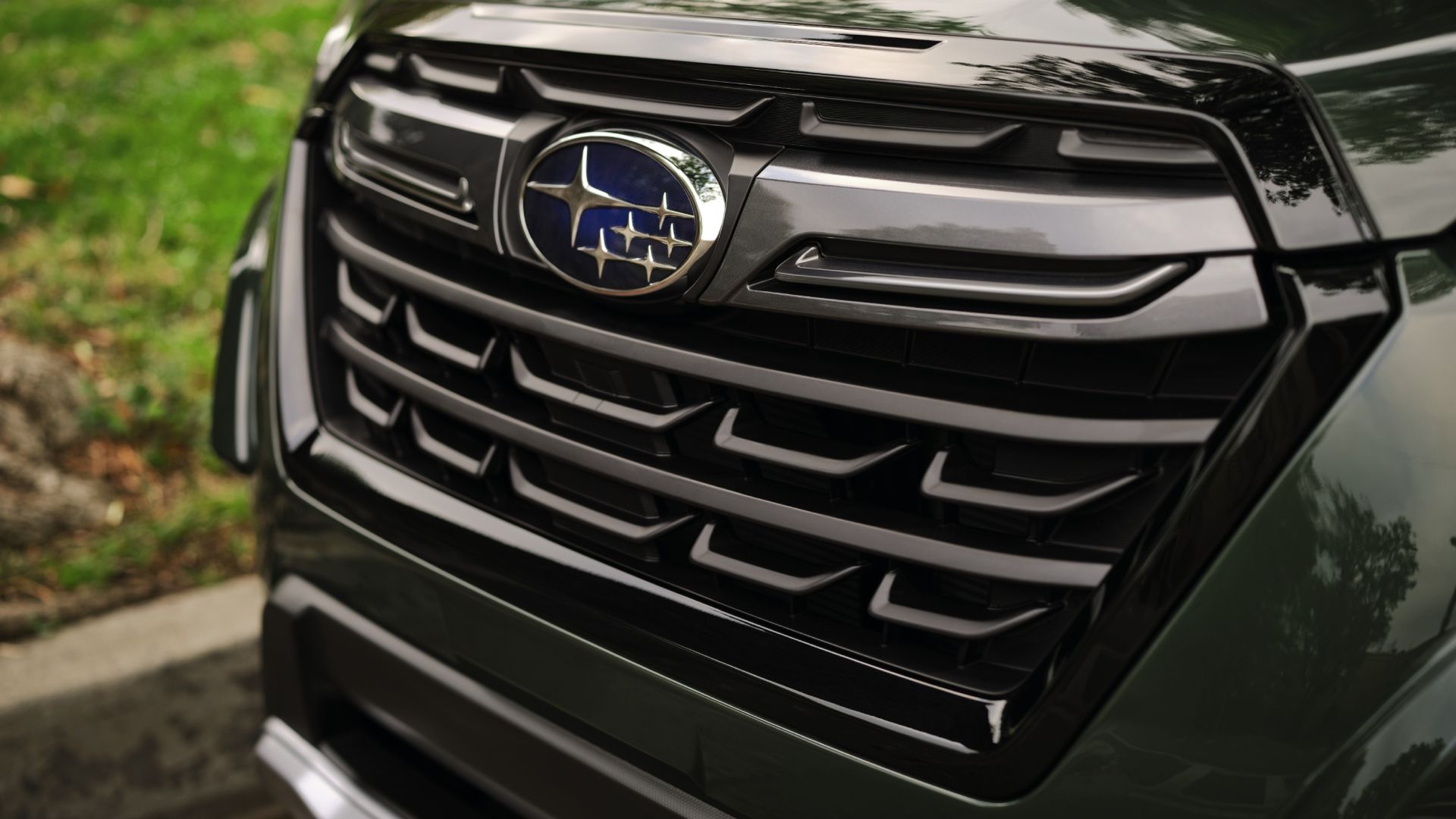Summary
- The Subaru Forester is a versatile crossover that appeals to a wide range of drivers, from families to off-road enthusiasts.
- The first generation Forester had the same performance capabilities as the Subaru Impreza, but with a more discreet and comfortable design.
- The Forester has evolved over the years, with each generation offering improved safety features, performance, and off-road capabilities. The future of the Forester may include hybrid options.
The Subaru Forester might well be one of the most versatile models ever to exist. You never really know who might own one. Behind the wheel of the Forester, you might find a professor, a mom driving around with her family, an off-road enthusiast, or even a drag racer. It is a car that can hit the track, dirt, or urban streets. And best of all, most people don't know about its abilities.
Some would argue that the Forester is one of the best sleeper cars to ever exist. It is the epitome of a sleeper car, as it is delivered this way from the factory. Originally, it had roughly the same underpinnings in the suspension, chassis, and engine departments as the legendary Subaru Impreza.
So, it was just as fast, and capable, but far more discrete. There was a flat-four high-riding wagon with rally heritage that was quite comfortable and unassuming. So, with all that in mind, let’s take a look at the past, present, and future of the incredibly unique Subaru Forester.
It All Began In The 1990s
In the 1990s, people’s love for SUVs and crossovers really took off. Cars like the Rav4 and Honda CRV were starting to sell like crazy. Buyers realized that such vehicles offered similar economy to that of a normal car, had better ground clearance, but still drove far more nicely than a full-sized body on frame 4x4.
By that time, Subaru had no product to put into the crossover market, and this was a problem. The Outback wagon was selling well for the company, but it was too low and too akin to normal cars to compete with the crossovers. So, Subaru did what every company would do and went to the drawing board to design an all-new car to compete in an all-new hot and emerging segment.
The First Forester Came In 1998
Subaru unveiled the concept of the Forester at the 1995 Tokyo Motor Show. It was dubbed the Subaru Streega concept. However, in 1998, when the model was released the company changed the name to the much more appropriately outdoorsy-sounding Forester.
The first generation vehicle sat taller than any other Subaru and had a more SUV-like seating position and huge windows underneath a high roof. The Forester was still by far the most car-like crossover you could get thanks to its lower cabin and good handling manners that were mostly due to the Impreza’s DNA but also to the low-mounted boxer engine. The Forester handled so well that it was the only crossover not required to have a “higher rollover risk” warning sticker on the sun visor.
Worth mentioning is that even though it appeared lower from the outside, Subaru’s clever packaging meant that the Forester had just as much, or in some cases, more ground clearance than the competition.
The Forester was arguably one of the most capable models thanks not only to the ground clearance but also to its all-wheel drive system. First-generation models with a stick even had a low-range leaver that could reduce gearing for off-road situations. Granted, the reduction wasn’t as significant as that of a normal body on frame 4x4, but the Forester was the only crossover to have it.
The Second Generation Was Released In 2003
The second generation 2003 Forester came out looking almost the same as the first one. However, it now had a new rear end with more triangular headlights. Furthermore, it was nailing every crash test and earning top safety ratings. Of course, these are the kinds of tests and ratings people looking into crossovers consider most important.
More importantly, the Forester XT finally made its way to the American market and offered a much more powerful and fun driving experience thanks to its 2.5-liter turbocharged boxer engine that produced 210 horsepower. In Japan, the Forester was even offered as an STI which produced 265 horsepower and was more practical but just as fast as the Impreza STI.
Second Generation Subaru Forester STI
Features | Details |
Engine | 2.5-liter turbocharged four-cylinder engine, producing 265 horsepower |
Transmission | 6-speed manual transmission |
Drivetrain | Symmetrical All-Wheel Drive system |
Performance | A 0-60 mph time of under 6 seconds |
Exterior Features | Aggressive yet discreet design (compared to an Impreza STI) with STI badges and a hood scoop |
Interior Features | Sport seats with an STI logo, and a Momo steering wheel |
Suspension | Sport-tuned stiffer suspension |
Production Period | Limited to the years 2004-2007, primarily in the Japanese market |
The Third Generation Deviated From The Forester Roots
The Third Generation Forester came out in 2009 and it looked much more like the crossover it was deep inside. The same engines carried over, but the body of the vehicle was now far taller and larger. This might have diminished the character of the wagon models of the past, but it certainly convinced more people to buy the model as sales were better than ever.
In 2014, the fourth generation vehicle was released which was mostly a facelift. However, the 2.5 XT became the 2.0 XT, which managed to produce more power at 250 horsepower rather than the 225 of the older model. This model was widely loved and even received awards by Motortrend.
Furthermore, the five-speed manual was replaced with a six-speed manual. This was also the first Forester to get Subaru’s X-Mode which utilizes the all-wheel-drive system and traction control to ensure the Forester can tackle off-road terrain. This makes the Forester extremely capable compared to other crossovers.
In 2019, the Forester, as we still know it today came out. It featured a much more futuristic design and was more refined and safe than ever. In 2023, and before that, off-roading became Subaru’s strong point, and the new model was now offered in a Wilderness package. This adds equipment like a suspension lift, off-road-oriented tires, and exterior upgrades. This is a functional package that makes the Forester one of the most desirable crossovers for off-road adventures.
What Does The Future Look Like?
Subaru’s path is relatively clear. They make vehicles that appeal more to the niche market of outdoor enthusiasts. Sure, families also buy the Forester for normal road use, but the model is widely known as the off-road crossover. With electrification upon us, we could expect the Forester to ditch the 2.5-liter boxer in favor of a more efficient and more powerful 2.0 boxer paired with a hybrid system. As of now, it seems a bit too early for us to see a fully electric Forester.
Whatever the case, we can be relatively sure that Subaru will continue to target a more niche market with great off-road abilities and unique looks that made the Forester desirable in the first place.
Additional Information Regarding The Subaru Forester
- First Generation (SF, 1997-2002): Came with a 2.0L or 2.5 (in the US) boxer 4-cylinder engine and was equipped with Subaru's Symmetrical All-Wheel Drive system. Insanely cool turbo variants were also available in some countries.
- Second Generation (SG, 2003-2008): Improved power and performance. Turbocharged models came to the US, and it featured a more spacious interior compared to the first-generation
- Third Generation (SH, 2009-2013): Utilized a new double-wishbone rear suspension and improved fuel efficiency with the introduction of Subaru's CVT (Continuously Variable Transmission). Its wheelbase was extended providing better ride comfort and stability
- Fourth Generation (SJ, 2014-2018): Introduced the Subaru EyeSight driver assistance technology. Available in both gasoline and diesel engine variants (in non-US markets)
- Fifth Generation (SK, 2019-present): Built on the Subaru Global Platform enhancing safety and rigidity. Comes with improved interior materials and technology integrations and offers a mild hybrid engine option for better fuel economy and reduced emissions. Finally, off-road-focused trim levels like the Wilderness have been added.

